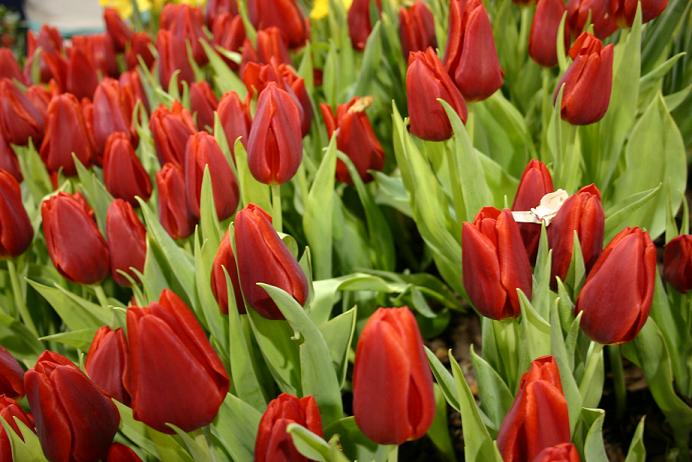Georgia Gardener Newsletter Design Tip: October 19, 2006
Using Bulbs in the Garden
Using bulbs in the garden can be one of the easiest ways to have multiple seasons of blooms
with plants that occupy practically the same space. Planting and maintaining bulbs is often
easier than dealing with other commonly used perennials and annuals.
Without a doubt if you ask someone about gardening with bulbs, they immediately embark upon a
conversation about daffodils and tulips. Indeed, with dozens of different varieties of daffodils
and tulips, it's common to not think beyond these two groups of plants. While both tulips and
daffodils can put on traffic-stopping floral displays, tulips really need to be replaced annually
and daffodils can quickly get boring.
Preparing the Garden
Most bulbs do best when planted in full sun to light shade with loose, organic and well-drained soil.
Too much moisture around the bulbs can lead to rot. There are some that will grow in partial to
medium shade (especially the native bulbs which are often woodland plants)
and a few that tolerate or prefer moist to wet soil. However for the most commonly
available bulbs, sun and drainage are the keys to success.
Spring Flowering Bulbs
Most of the spring flowering bulbs are very familiar to gardeners and include tulips, daffodils,
glory-of-the-snow (Chinodoxa), star flower (Ipheion), grape hyacinths (Muscari), English bluebells,
crocus, etc. There are also several natives that fall into this category: bloodroot, Virginia
bluebells, trilliums, trout lilies, etc.
Spring flowering bulbs are best planted in the fall through early winter once the soil temperatures
have cooled below about 60 degrees, but this is not all that critical. Planting depth for bulbs
is usually recommended at 2-3 times the diameter of the bulb. Sometimes it can be difficult
to determine which side is up. For daffodils and tulips, it's pretty easy to see that the top of
the bulb is much narrower than the rounded bottom. However, on other bulbs it isn't
always so easy to tell. Use your best judgment. Bulbs planted upside down will still grow fine using
gravity to determine which way is up sending out stems and roots accordingly. I also suggest
tossing a teaspoon of bulb booster fertilizer in the hole with the bulb.

|
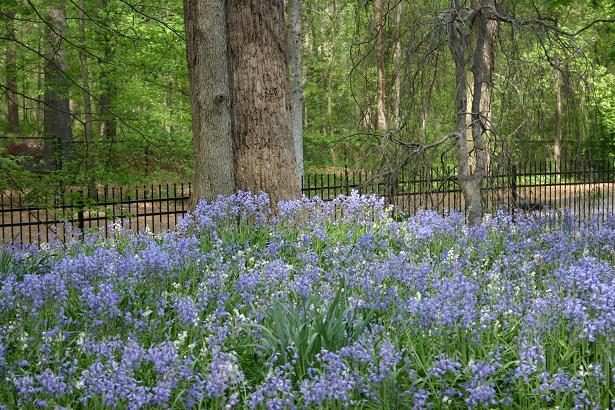
|
| Daffodils | English Bluebells |
| |
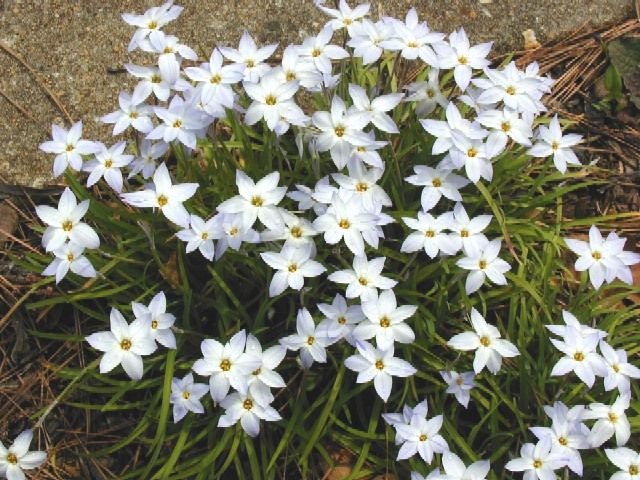
|
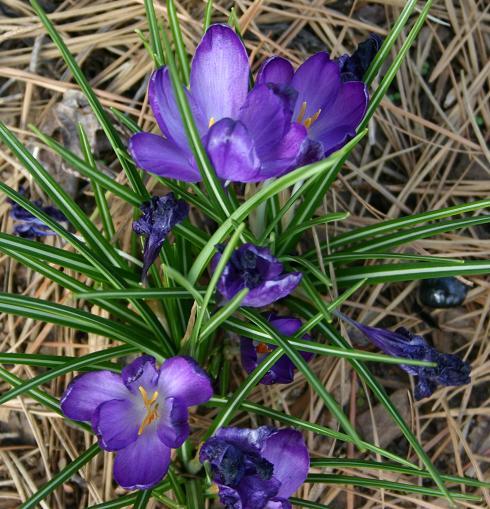
|
| Spring Starflower | Crocus |
To keep pests from digging up your bulb bed, you can place bird netting over the top of the soil and
cover it with mulch. When the foliage emerges, it should be able to work its way around and through
the openings. If you want to plant annuals or perennials over the bulbs, simply cut a small hole in
the netting and reposition it afterwards covering it with the mulch.
It's extremely common for some spring bulbs to sprout foliage during the winter. Tulips, daffodils
and crocus are notorious for this. Since these plants are hardy into zones 3 and 4, there isn't much
damage that can be caused by our zone 7-8 winters. Nothing needs to be done. Some of the earliest
varieties can and have bloomed through ice and snow without damage.
Because some very early spring bloomers send up foliage and bloom before the trees have completely
leafed out, they can often be planted in partial shade or woodland areas. These include crocus,
bluebells and many varieties of daffodils.
Native Bulbs
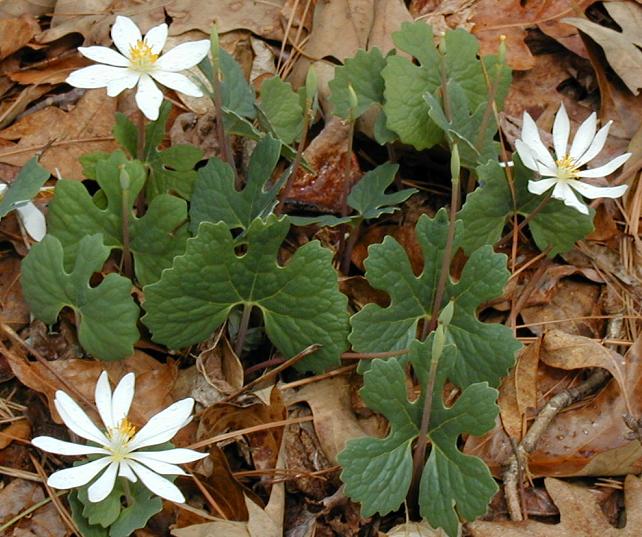
|
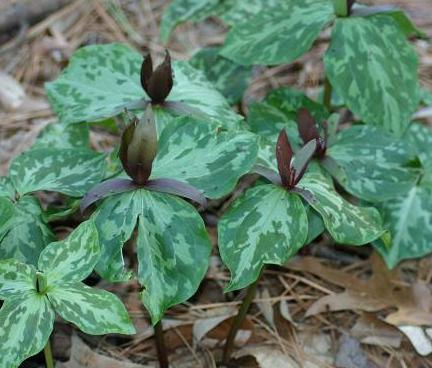
|
| Bloodroot | Trilliums |
| |
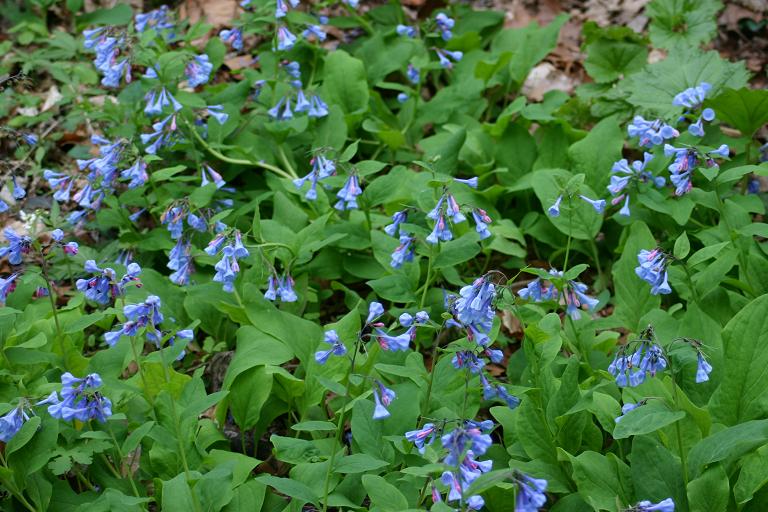
|
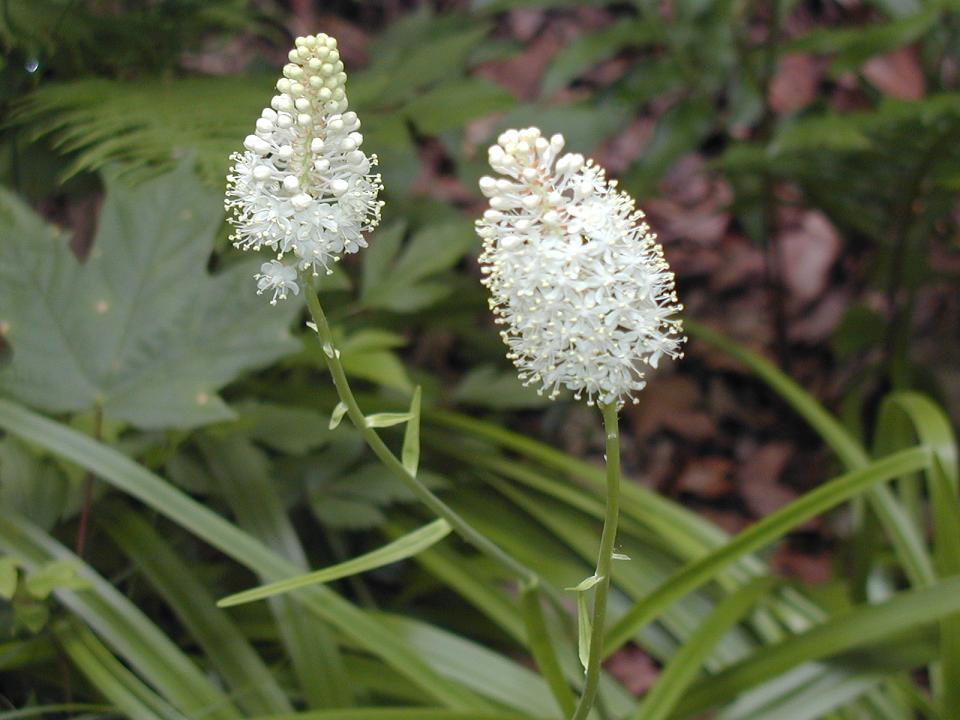
|
| Virginia Bluebells | Fly Poison |
Mail Order Sources for Bulbs:
Van Engelen, Inc.
Brent and Becky's Bulbs
John Scheepers, Inc.
Breck's
Before you embark upon ordering plants or garden supplies, it's always a good idea to check out
Garden Watchdog
and research the gardening mail order companies. This site offers
listings as well as comments (good and bad) on over 5000 garden vendors.
Copyright © 2006 by Theresa Schrum - All rights reserved
No part of this website may be reproduced without the expressed written permission of Theresa Schrum
